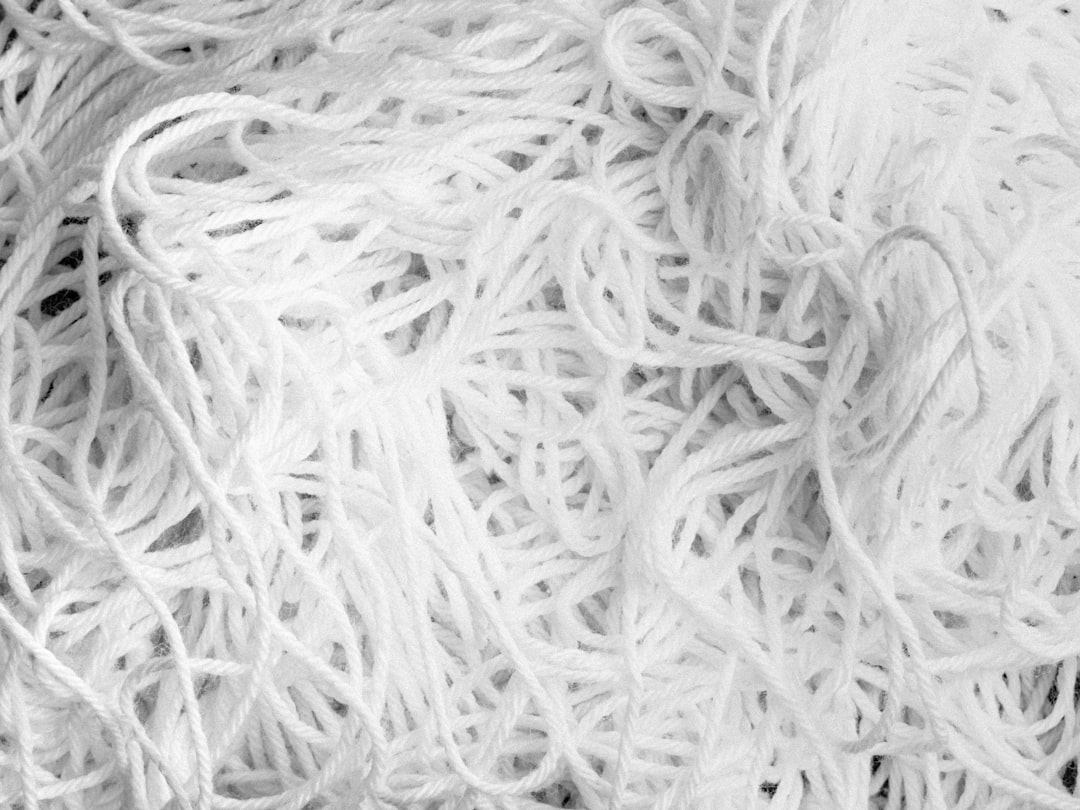What is it about?
Architectural distortion (AD) has been described as a focal retraction of the breast tissue. Blood vessels, milk ducts and spicules in the breast tissue appear as ridges in the mammogram. We hypothesize that radiating ridges are an indicator of an AD site. Using a window-based approach, features derived from the ridges have been utilized in a radial basis function support vector machine to classify regions as containing or not containing AD. The classification is performed on the Mammographic Image Analysis Society (MIAS) database and on the Digital Database For Screening Mammography (DDSM). The proposed approach reports peak performance of a sensitivity of 90% (93%) at 26 (17) false positives per mammogram in the MIAS (DDSM) database.
Featured Image
Why is it important?
Early detection of breast cancer increases the survival rate of a cancer patient. In view of this, detection of architectural distortion, a sign of breast cancer, is a challenging task because of its subtle appearance unlike other breast abnormalities. This paper attempts to design a computer-aided detection algorithm for the detection of architectural distortion which can be used as a first screening in this regard.
Read the Original
This page is a summary of: Detection of architectural distortion from the ridges in a digitized mammogram, Signal Image and Video Processing, March 2018, Springer Science + Business Media,
DOI: 10.1007/s11760-018-1281-1.
You can read the full text:
Contributors
The following have contributed to this page










